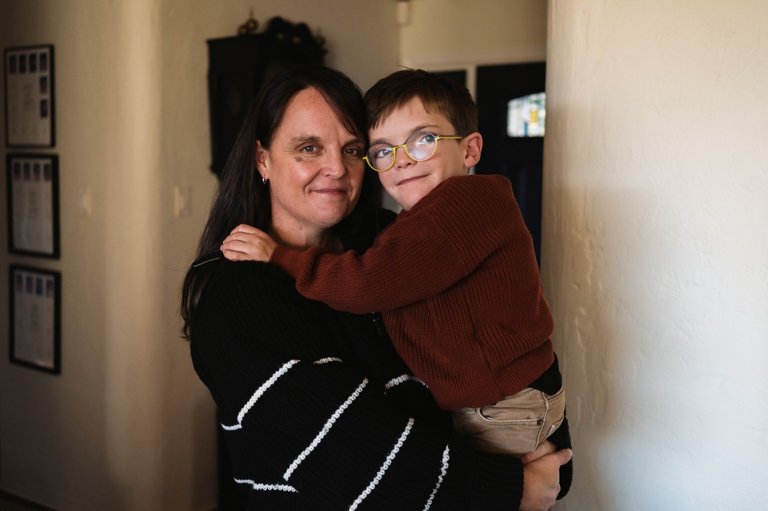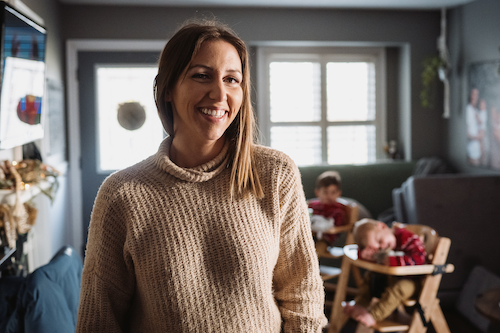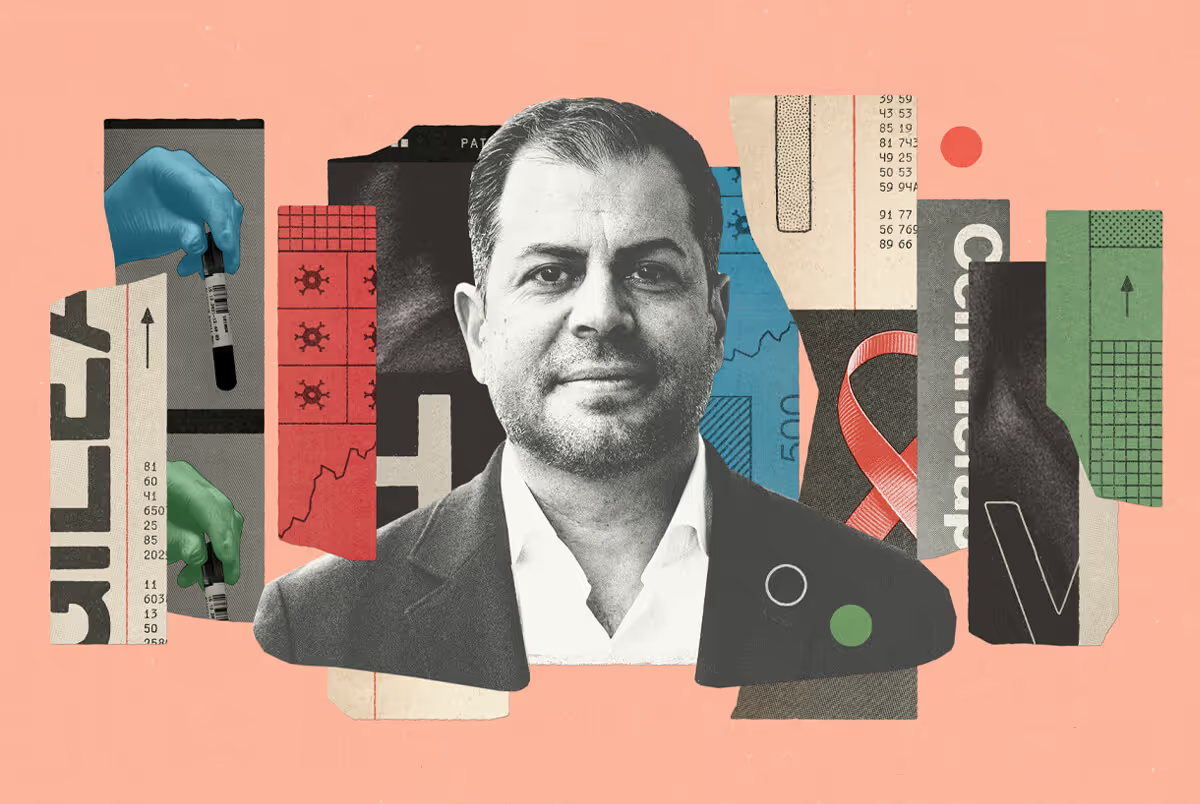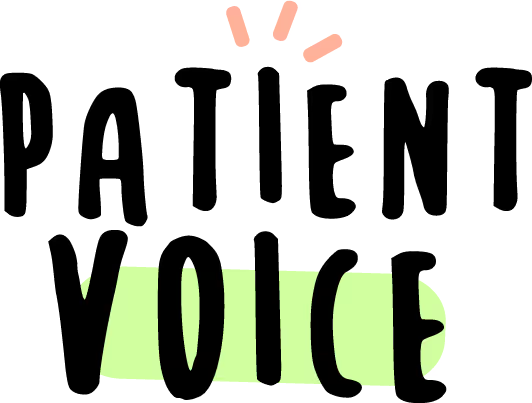Annie Rivard remembers it like it was yesterday.
It was 2014 and her seven-year-old daughter, Natasha, had spent the previous day at one of her best friends’ birthday parties and she’d had a wonderful time. The next day, Annie received a call from the girl’s mom telling her how hungry Natasha had been at the party. While most of the other girls had one or two slices, Natasha had eaten seven slices of pizza in a sitting. The other mom thought it was cute and funny. But Annie was horrified.
Seven slices of pizza is too much — too much for anyone, really, but especially for a little girl in second grade. For Natasha, though, this wasn’t just a one-off thing, a funny story that results in a stomachache and a lesson learned. This is because, five years earlier, Natasha was diagnosed with a rare genetic condition known as Bardet-Biedl syndrome (BBS), which is typically characterized by severe early onset obesity and hyperphagia (an uncontrolled feeling of hunger), vision loss caused by retinitis pigmentosa (or RP), polydactyly (extra fingers or toes), kidney problems, and cognitive impairment/developmental delays.
Annie wasn’t only worried about Natasha’s weight. BBS is a complex condition that can affect several of the body’s systems in a number of different ways, almost all of which are progressive over time. It’s a disease of many small fires that can never be put out.

Putting the puzzle pieces together
Years earlier, in 2007, Natasha came into the world a healthy and happy baby.
She was born with polydactyly — an extra finger and an extra toe — but the doctors assured Annie that this in itself was nothing to be concerned about. She was a little late on a few milestones — sitting, walking, talking — but still close enough to the normal range that alarm bells weren’t going off. Then came an excessive thirst, rapidly declining sight, and abnormal bloodwork that showed that Natasha was severely acidotic (having high levels of acid in the blood). Annie, a nurse herself, knew something was wrong. After countless specialist appointments and genetic testing, Natasha finally received a conclusive BBS diagnosis at two years old.

As the Rivards would soon learn, while BBS families are diligently keeping one fire under control, several others are always building in intensity. When the fires are still small, though, it can be nearly impossible to recognize that they’re all fed by the same spark.
“The most challenging thing about diagnosing BBS is that, most of the time, the different aspects of the disease don’t appear all at once, and they’re not obviously connected,” says Dr. Marina Ybarra, a pediatric endocrinologist specializing in genetic obesity at the Children’s Hospital in London, ON. “You can’t just look at a child and then go down a checklist, 1-2-3-4-5, it’s BBS. As a clinician, you have to be very proactive in terms of asking the right questions.”

A diagnosis at last
Throughout her youth and adolescence, Natasha continued to put on weight, a result of the same intense hunger that had compelled her to consume so much pizza at her friend’s birthday party. “It was so hard,” says Annie. “I had to monitor everything she ate because if she sat down for a snack of a couple of crackers, suddenly the box would be empty or I’d find it hidden in her room. It can still be hard because it’s so ingrained in our mindset that you don’t deny a hungry child food.”
Due to vision loss, weight gain, and a number of other health challenges associated with BBS, Natasha slowly but surely stopped being able to keep up with her friends and, over time, she became more and more isolated. By high school, Natasha’s sense of self-worth had plummeted, which weighed heavily on Natasha herself, but also on Annie and her husband, Patrick.

Uniting around Natasha
As the isolation that comes with living with, or caring for a child living with, a rare disease worsened, it was exacerbated by the physical remoteness of the Rivards’ hometown of Earlton, ON, a small community on the Quebec border that’s six hours from Ottawa or Toronto and two hours from Timmins. With Patrick often away for long stretches for his job in the logging industry, most of Natasha’s care fell to Annie, who was also raising her older son Jacob and younger son Mikael. The burden of this disease could tear a family apart. But instead, it brought the Rivards closer together.
“Natasha has an amazing relationship with her brothers,” says Annie. “We’re a very different family than we would have been without BBS. It has made both the boys very caring and compassionate people. As challenging as this disease has been, we’ve all become better people because of it.”
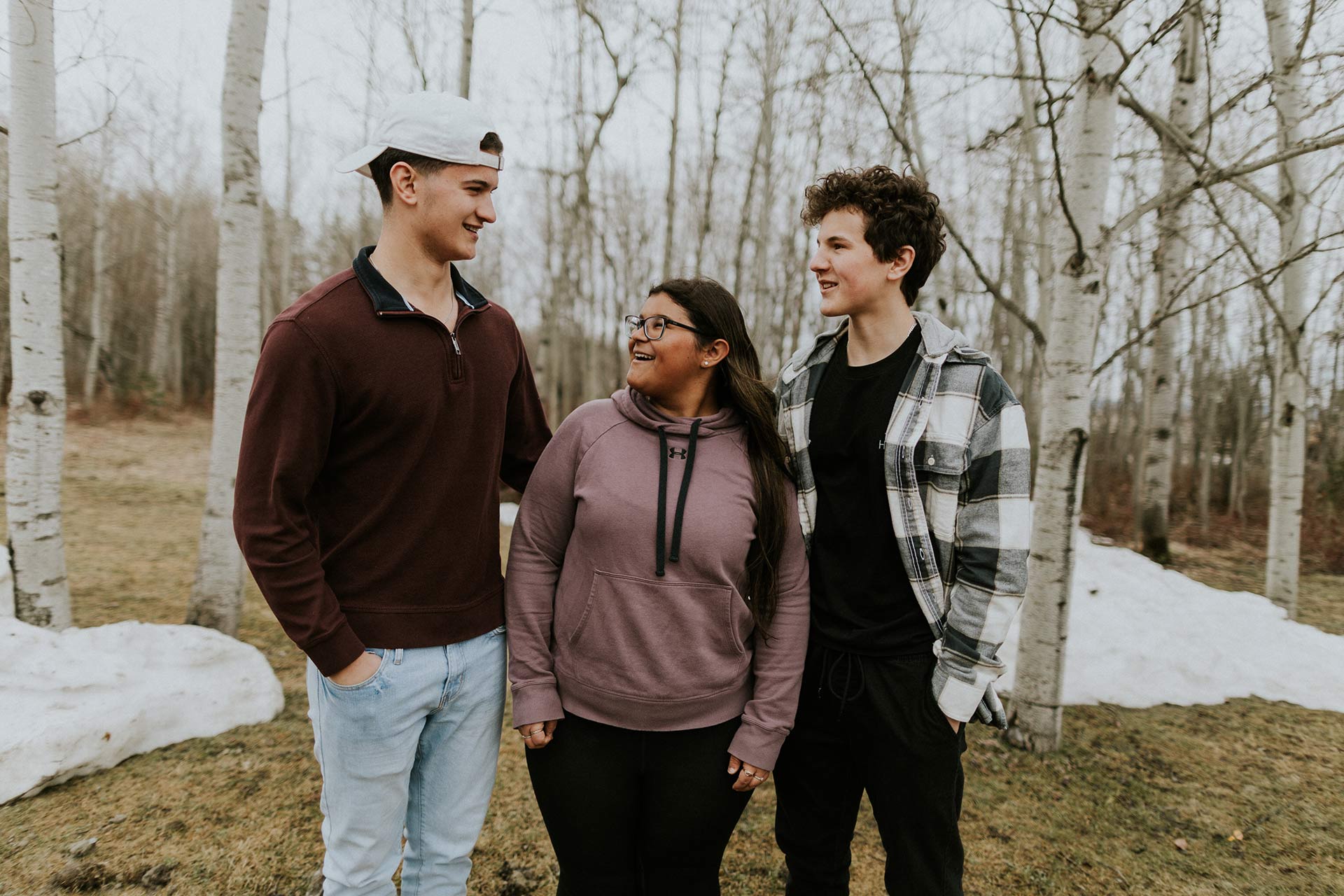
Even when things seemed darkest, Natasha was surrounded by love. And she herself has always had so much love to give — to her family and also to the menagerie of animals in her life. The Rivard home bustles with two dogs and three cats who are Natasha’s constant entourage, but it was horses that gave her a new perspective and purpose.
“Horses are Natasha’s life,” says Annie. “I think horseback riding saved her. It gave her an outlet, a drive, and a renewed sense of confidence.” As she got older, Natasha became more active and, thanks in part to changes in her treatment plan, was able to begin bringing her weight under control. The world began to open up to her once again.
A serious, chronic condition
Throughout Natasha’s BBS journey, Annie has worked hard to stay in touch with other BBS patients and parents online. These types of virtual communities are a place to celebrate each other’s wins, give encouragement to those experiencing setbacks, and stay up to date on research.
“Having a rare disease can be so isolating,” says Dr. Larissa Moniz, Director of Research and Mission Programs at Fighting Blindness Canada (FBC), a health charity that funds research and provides support for Canadians with inherited retinal diseases, including related conditions like BBS. “Regardless of which condition you have, there’s a certain common experience. We all know the importance of representation and feeling like you belong and, for many with a rare disease, it’s through patient and disease communities that they find that.”

In addition to providing community and support, organizations like FBC also advocate for prompt access to innovative treatments across Canada. Dr. Moniz feels strongly that the BBS community deserves an improved quality of life and that the burden of the disease is serious enough to warrant immediate action. “When a safe and effective treatment does become available, having timely access to it is a matter of health equity and respect for the patient’s dignity,” she says. Dr. Ybarra agrees, adding that new and innovative therapies have the potential to “level the playing field in a very promising way.”
Unlimited potential
As for Natasha, she focuses her time and energy on her busy school schedule and her circle of friends at Consortium Centre Jules-Léger in Ottawa, where she attends a specialized school shaped around the unique needs of those like her. “She really feels like she belongs now,” Annie says. “For the first time, she doesn’t feel different.”

Natasha has a whole life in Ottawa now, but she still returns home every weekend. She boards her flight excited to see her family, of course, but especially eager to get back in the horse saddle, where she feels truly at home. Even with her vision all but gone, Natasha rides like she was born to do it as Annie looks on with pride and admiration.
“She always keeps hoping and trying and fighting,” Annie says with a smile. “So many doctors have told us what Natasha’s future would look like. They’ve told us all the things she would never be able to do. But I’ve always said nobody but my daughter will decide what she’s capable of.”
Fighting Blindness Canada (FBC) is the largest charitable funder of vision research in Canada.
For over fifty years, FBC has advanced research toward treatments and cures for blinding eye disease while providing education, support and advocacy for anyone impacted by a blinding eye disease, including Bardet-Biedl syndrome (BBS).
Visit our website to learn more, or to seek community.
An educational initiative supported by Rhythm Pharmaceuticals, Inc.
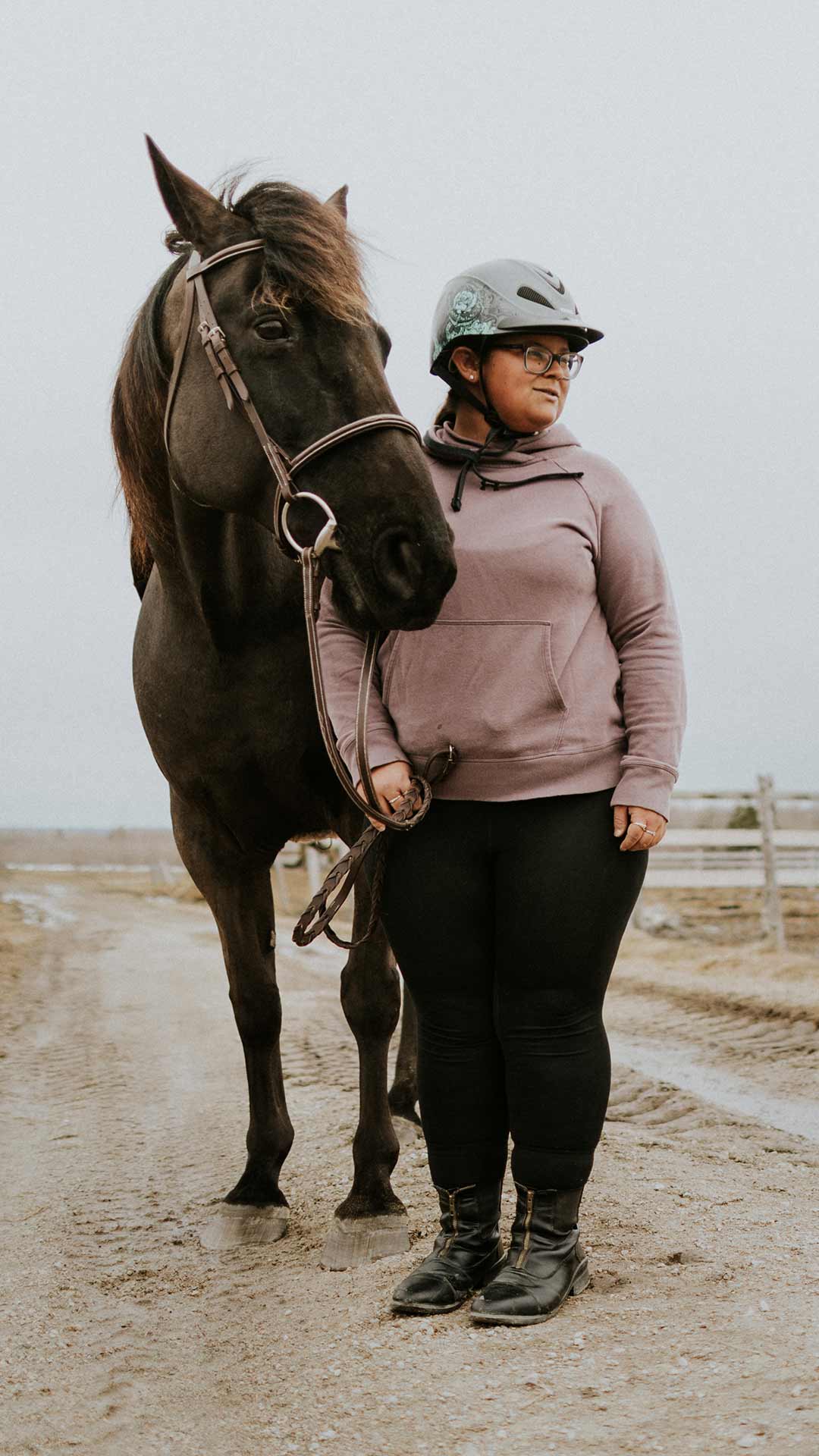
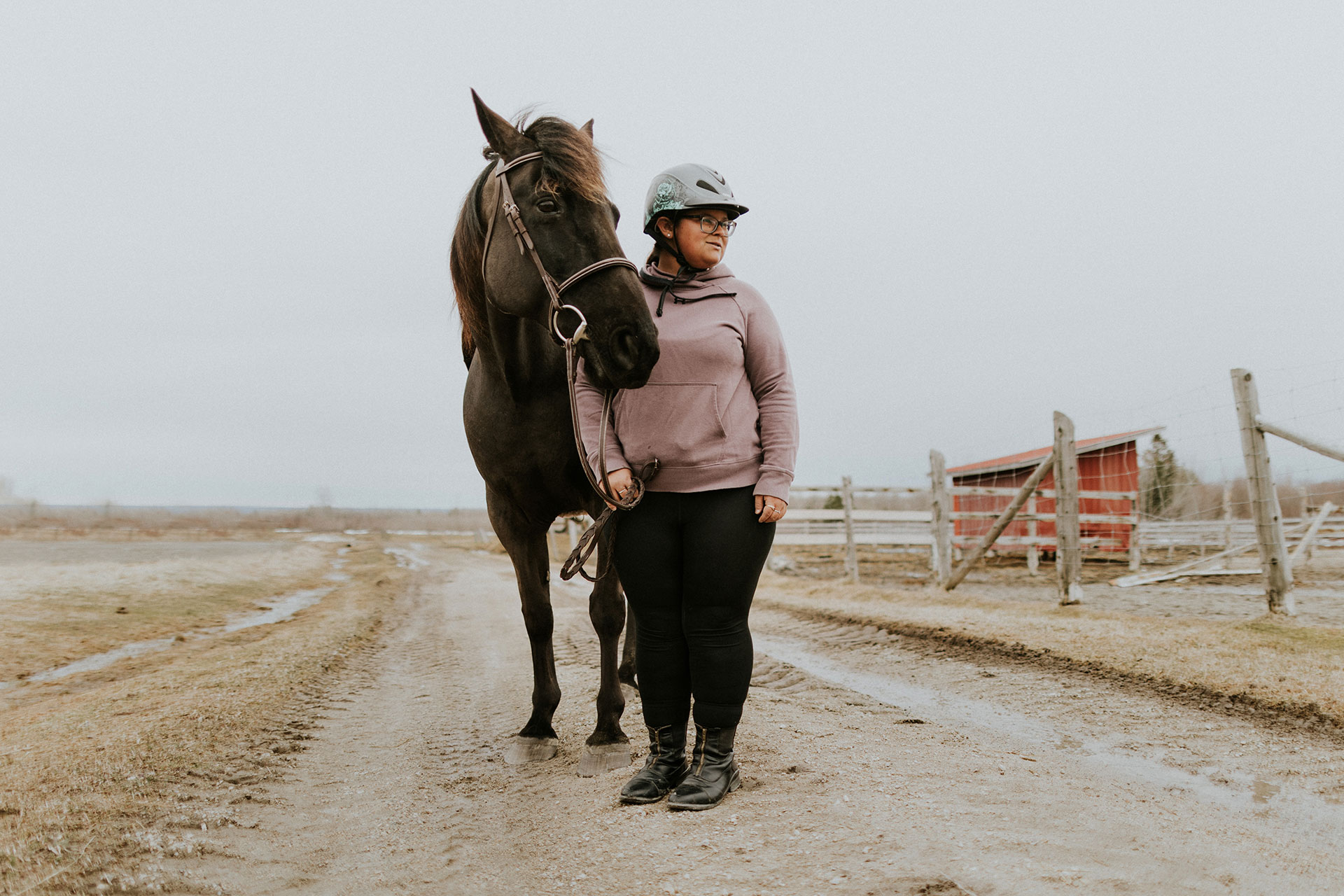

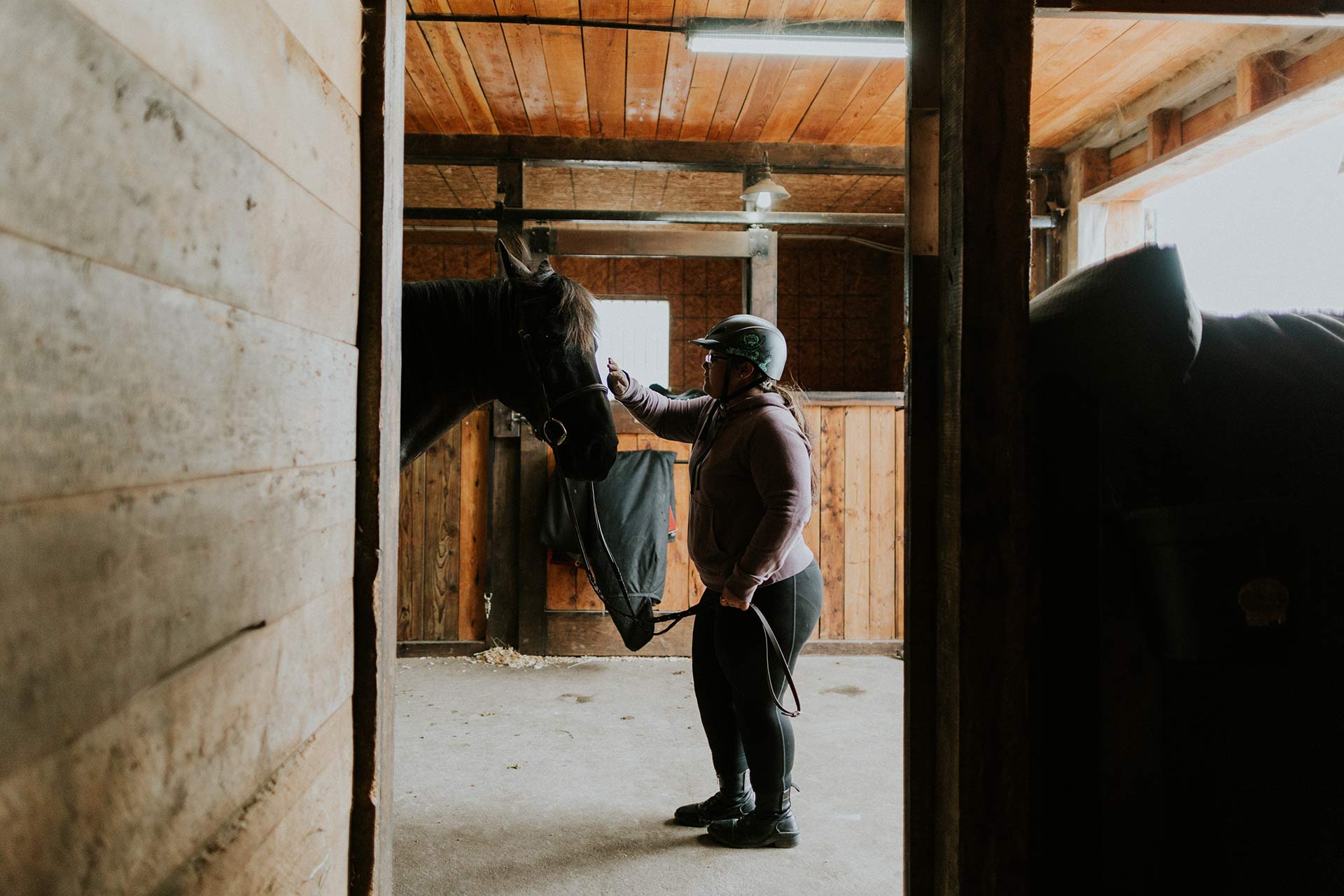
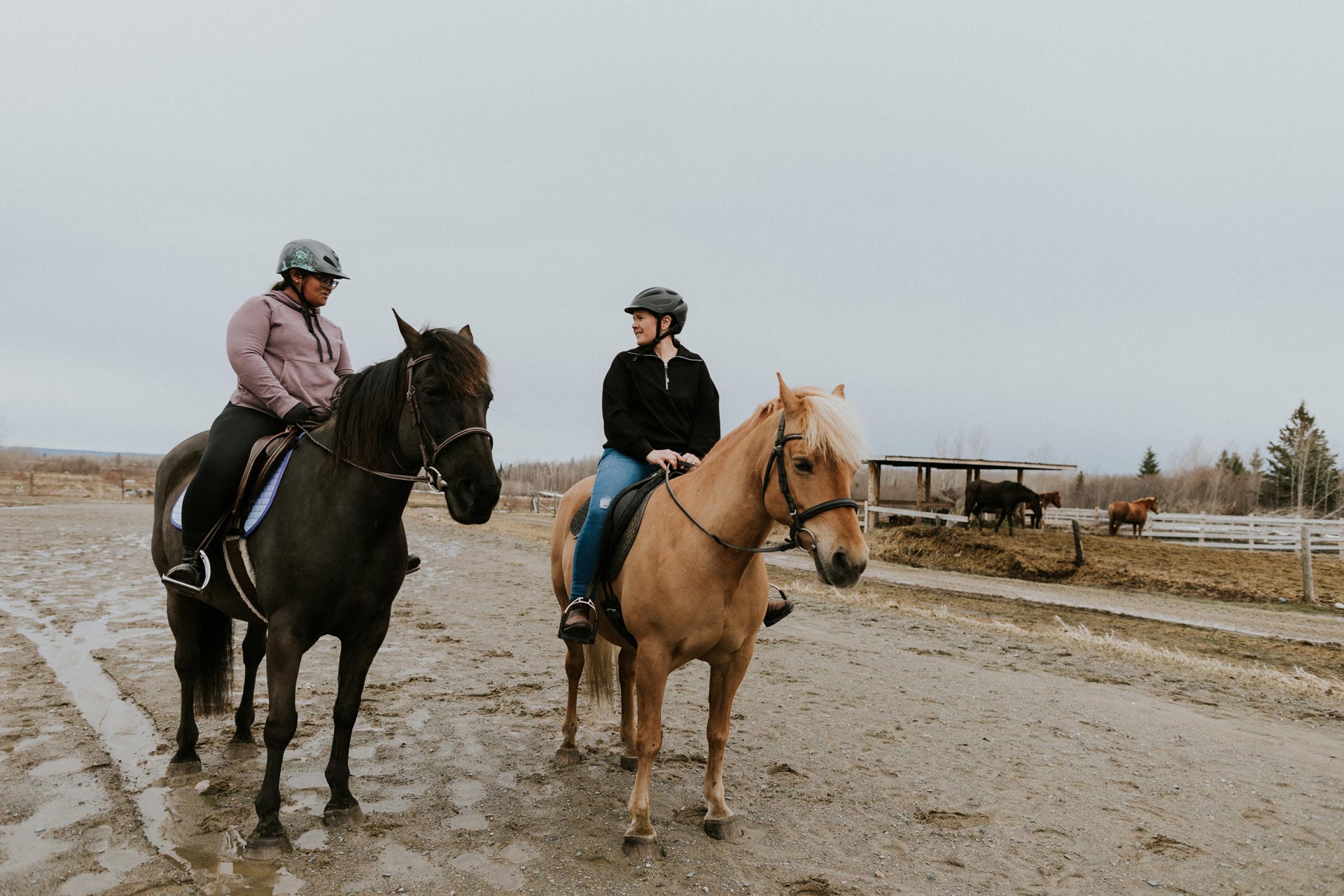
-xs.jpg)
